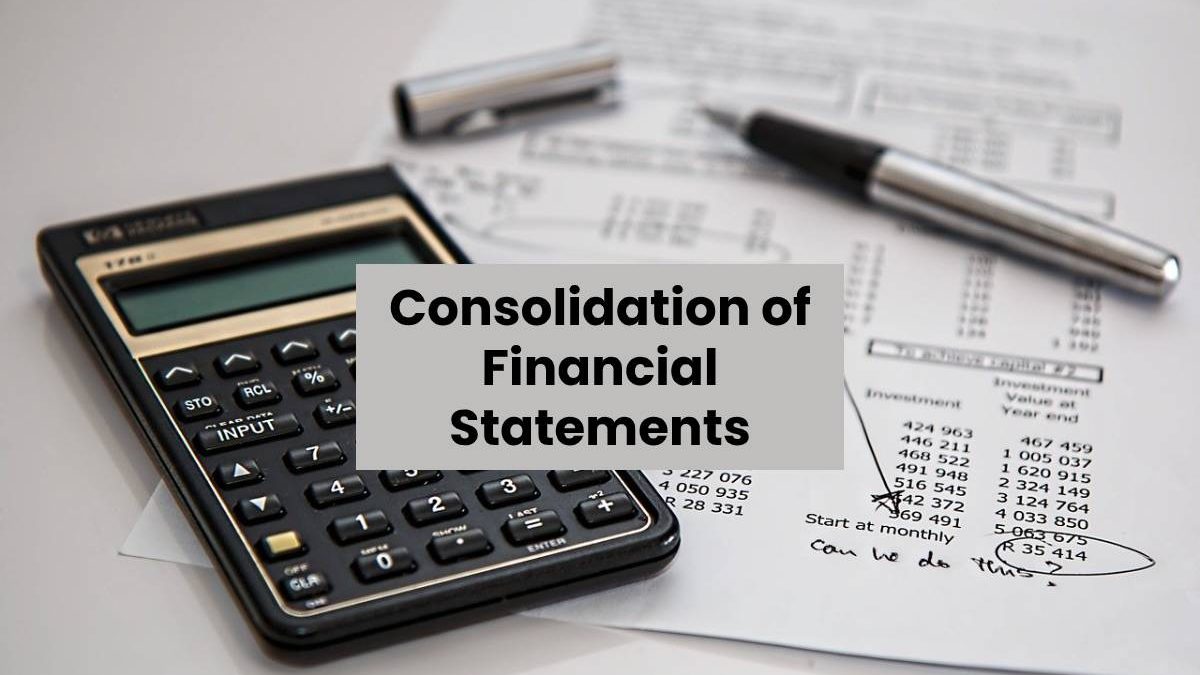Table of Contents
Consolidation of Financial Statements
The consolidation of financial statements is the set of techniques used in accounting to prepare the financial statements of a group of companies. The consolidation of the financial statements seeks to have a unique vision of the economic and financial reality of the different companies that make up a group of companies.
The accounts of a company lose significance when it gets framed in a business group, that is, companies, separately, do not give a real image of the group. The individual accounting of each of the companies that make up a group may omit important information, such as a business that may occur between companies in the same group. The solution is the consolidation of accounts; in this way, there is a much more precise vision of the true economic, financial, and patrimonial situation of the group of companies.
Also read: What is Booking Engine? – Definition, Uses, Advantages, And More
Fundamental concepts in account consolidation
Before continuing with the explanation, these are the main concepts to know about account consolidation:
Holding company
It controls one or more subsidiaries, that is, it owns more than 50% of the shares.
Subsidiary company
It is the company that is controlled by another known as a parent; that is, it owns over 50% of the shares.
Affiliated company
Companies that have common shareholders or significant common administration, that is, that has an investment of another company between 25% and 50% of their shares.
Associated company
The holding company has a significant influence on its administration, but is not in control.
Requirements to be able to consolidate
To consolidate accounts, these are the main requirements:
- Make a preliminary study of the subsidiary companies whose accounts must get consolidated.
- It should be possible to unify the accounts of different subsidiary companies.
- The financial statements of the companies are certified and accompanied by the professional opinion of an auditor.
- It must be necessary to reconcile the accounts of the different companies in the group.
When should NOT be consolidated
While, we are in one of the following situations, it is convenient not to consolidate:
- when the control of the company is temporary since it would distort the figures from one period to another.
- If the company is not in control because it bankrupt or liquidated.
- When companies are in special situations such as reorganization periods.
- Those that are domiciled abroad and have restrictions when it comes to consolidating accounts.
- When the activity is different from that of the controlling company.
- Phases of the financial statement consolidation process.
These are the main phases of the consolidation process
Temporary homogenization
The accounts will refer to the same closing date and period as the consolidated ones.
Valuation homogenization
The parent company must apply the same valuation criteria in the consolidated accounts as those involved in its accounts.
Aggregation
The balances of different companies adds together.
Elimination
Seeks to eliminate duplications in accounts and operations.
Formulation
Drafting and approval of accounts.
Also read: Discover The Importance Of Having A Backup As A Service (BaaS) Service

